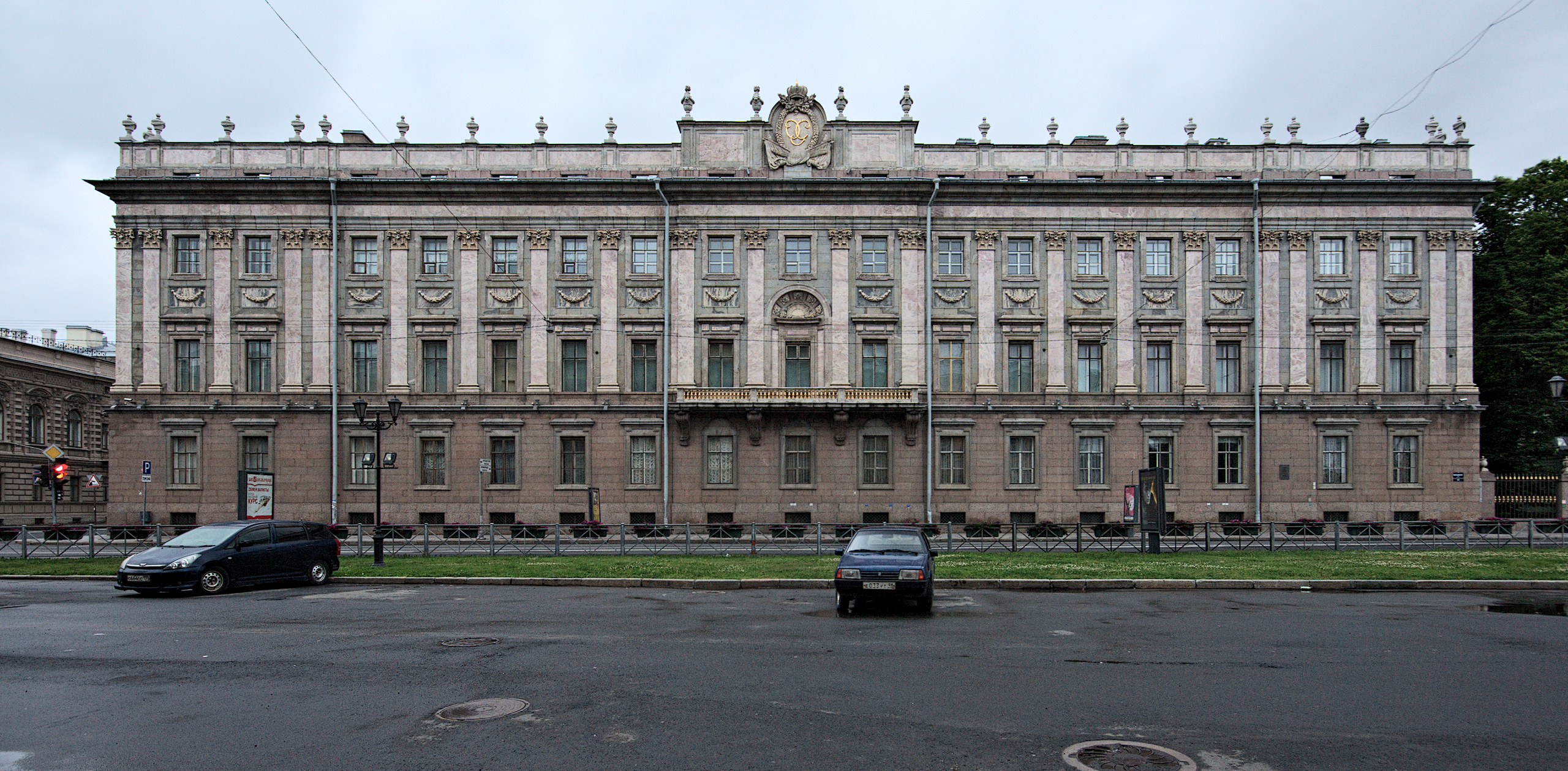The Armenian Church of the Holy Nazareth represents far more than a mere architectural marvel; it embodies the profound cultural and historical narrative of Armenians in Kolkata. Established in 1724, this sacred space emerged from the resilient spirit of a merchant community that played a pivotal role in India's complex trading landscape during the British East India Company era.
The church's origins trace back to a wooden chapel initially constructed by the British East India Company, which was tragically consumed by fire in 1707. Its reconstruction by Agha Nazar, a wealthy Armenian merchant, symbolized the community's determination and deep-rooted commitment to preserving their religious and cultural identity. The Persian architect Kavnod's design brilliantly merged Armenian and Persian architectural techniques, creating a unique spatial narrative that reflects the community's multicultural heritage.
Armenian merchants were renowned for their extensive trade networks, connecting Kolkata with New Julfa and numerous global destinations. Their linguistic prowess and mercantile expertise made them invaluable to the British East India Company, which granted them unprecedented rights and privileges. This church stood as a testament to their social and economic significance, built through voluntary community contributions that underscored their collective strength and unity.
The church's interior is a breathtaking testament to artistic and spiritual devotion. Adorned with exquisite marble, intricate paintings, and profound frescoes, the space tells a story beyond its physical structure. The altar, decorated with a cross, Gospel text, and twelve candlesticks representing Christ's apostles, serves as a powerful symbolic representation of faith and theological tradition.
One of the most intriguing aspects of this religious site is its oldest known Christian grave—that of Rezabeebeh, wife of Armenian Charitable Sookias, dating back to 1630. This grave predates English settlement and raises fascinating historical questions about early Armenian presence in the region. The tombstone's inscription offers a tangible connection to a complex, multicultural past that extends beyond conventional historical narratives.
The Armenian community's unique cultural practices are beautifully exemplified in their Christmas celebrations. Following the Eastern Church tradition, they commemorate the Feast of the Theophany on January 6, which encompasses the birth, baptism, and Epiphany of Jesus Christ. This distinctive observance highlights the community's rich religious heritage and their commitment to preserving ancient traditions in a rapidly changing world.
The church's significance extends beyond its immediate Armenian community. It has served as a welcoming space for other Orthodox communities, including Syrian and Russian Orthodox churches, thereby establishing itself as a critical site of religious and cultural exchange. The graveyard itself contains stories of notable individuals like Arathoon Stephen, whose family made substantial contributions to Kolkata's development, further enriching the site's historical tapestry.
In recent years, restoration efforts have ensured that this remarkable church continues to stand as a living monument. The well-maintained compound, adorned with tropical fruit trees and ancient tombstones, offers visitors a profound glimpse into a rich, nuanced history. As a cultural, religious, and historical landmark, the Armenian Church of the Holy Nazareth remains an enduring symbol of resilience, community, and spiritual continuity.




